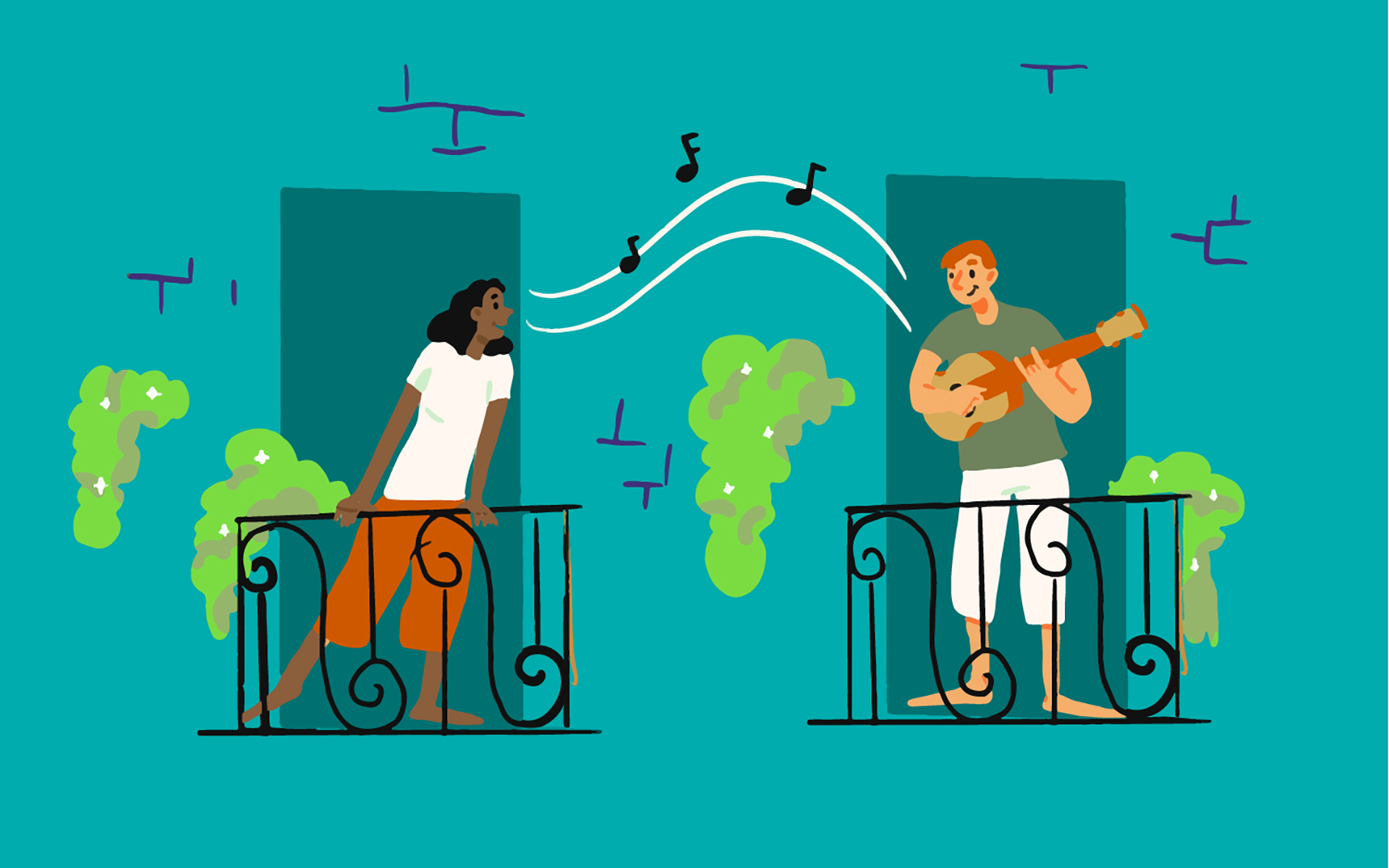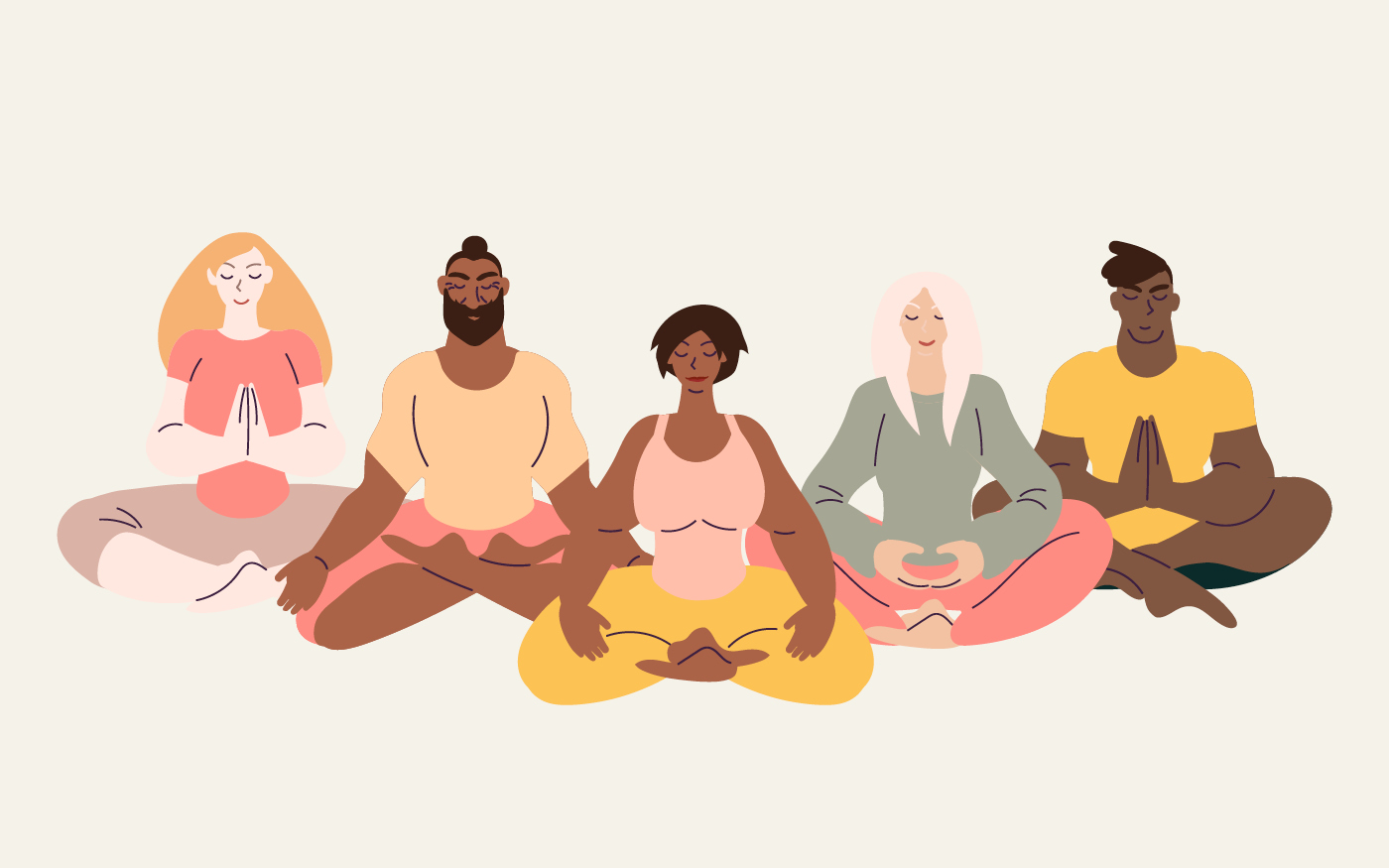Discomfort isn’t loud. It’s like the sound of a distant jackhammer—incessant and unsettling. It feels awful—it can show up as defensiveness, annoyance, impatience. But because it doesn’t shout, it’s easy to shut discomfort out and go into the hidey-hole of avoidance.
Like other challenging emotions, though, discomfort is a signal—an internal GPS—that tells us we might be off course. Discomfort says: Pay attention. Something important is happening.
Discomfort may arise as simple pinpricks of irritation, when someone cuts you off in traffic, or a neighbor plays their music too loud. Heavier discomfort arises when life is turned on its head, as it has been during the pandemic. Or during conversations about racism, and the work needed to actively oppose it. You may not know how to work with your discomfort—and you’re not alone.
It’s a biological imperative for every living creature—from pill bug to human being—to move away from the unpleasant and, like a moth drawn to a wool sweater, move toward the pleasant.
But there’s a rich upside in getting comfortable with discomfort, not the least of which is preventing it from ballooning into full-blown anger, fear, or anxiety. By avoiding our discomfort we also decline the invitation to grow and engage in necessary and meaningful change. As author and speaker, Luvvie Ajayi says comfort is overrated.
“Being quiet is comfortable,” says Ajayi. “Keeping things the way they’ve been is comfortable, and all comfort has done is maintain the status quo.” You can think of beginning to work with your discomfort as an act of loving-kindness to yourself, your neighbors, your community.
Turning toward instead of away from discomfort begins with the ability to pay attention in a kind, open, and non-reactive way.
Being mindful of discomfort isn’t just an intellectual exercise. It’s visceral. It means noticing the physical sensations that tell you’re uncomfortable. And it means having the willingness to stay with unease long enough so that it informs you.
“We have to be vigilant,” said Lama Rod Owens recently on the Ten Percent Happier Podcast. “For me, vigilance is rooted within just always dropping back into the body, over and over again, letting my body tell me what’s going on. What’s happening. Where’s my fear. Where’s the tendency to shut down. I can feel that in my body and I can stay open to it.”
Meditation teacher Shinzen Young offers a step-wise approach to staying open to and untangling discomfort, or any other emotion, by connecting with and labeling what’s happening within the experiential categories of See, Hear and Feel.
- If you have the wherewithal to turn your attention toward your discomfort, connect with it, and (Feel) its somatic contours. Does discomfort fizz like an Alka Seltzer tablet in your stomach or wedge itself in your throat? As sensations arise, gently and matter-of-factly label them either silently or out loud as “feel.”
- (See) the images that appear in your mind alongside your discomfort. When they come into focus, stay with them, and label them as “see.”
- And as your mind chatters away (Hear) your thoughts as though they were a garbage truck making the early morning rounds and label them “hear.”
Elements of See, Hear, and Feel can emerge like singular shooting stars across the sky of your body, heart, and mind, or they can explode simultaneously like fireworks. Either way, developing the sensory clarity to track the See, Hear, Feel of discomfort, and label it fosters concentration as well as the equanimity to learn from your experience.
Investigating discomfort is hard work. Be kind and generous with yourself. Becoming more intimate with your discomfort may challenge you to question your assumptions about yourself, others, and the world around you. And, yet, doing so is a pathway to understanding.
After all, avoiding discomfort only teaches us more about avoidance.
read more
3 Ways to Nurture the Positive in Difficult Times
Connecting to good feelings keeps our hearts afloat and gives us hope. Here are three embodied mindfulness practices to welcome gratitude and amusement.
Read More
What Swimming Taught Me About Self-Compassion and Letting Go
Finding “easy speed” in the pool helped writer and meditation teacher Kelly Barron heal the wound of overachieving and stay loose in the face of resistance.
Read More
How Mindfulness Can Help You Navigate the Coronavirus Panic
Your mindfulness practice can help you mitigate not only the fear and uncertainty of COVID-19, but can even help you quit touching your face all day.
Read More











